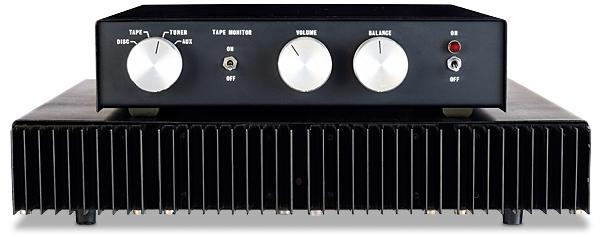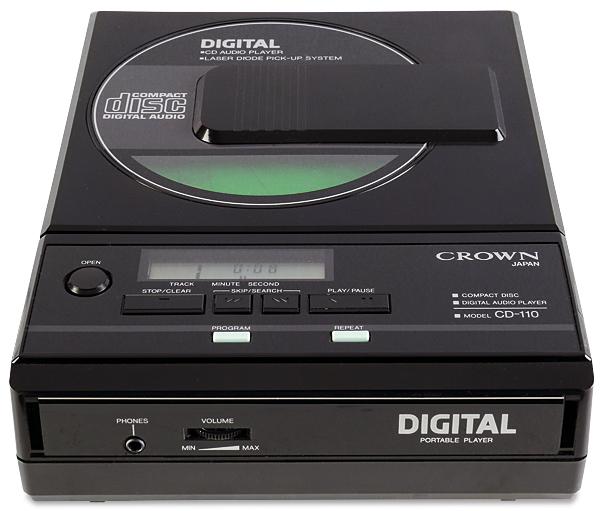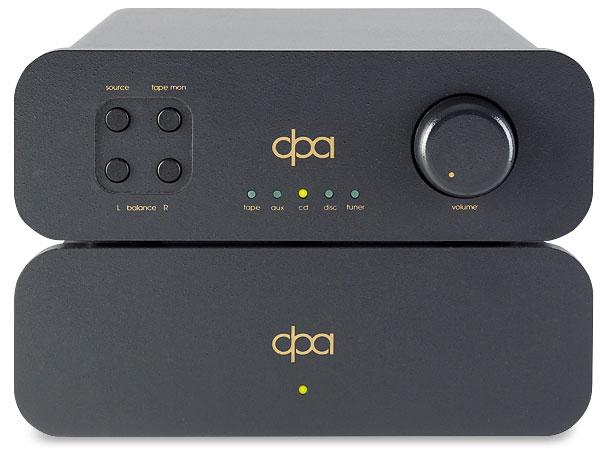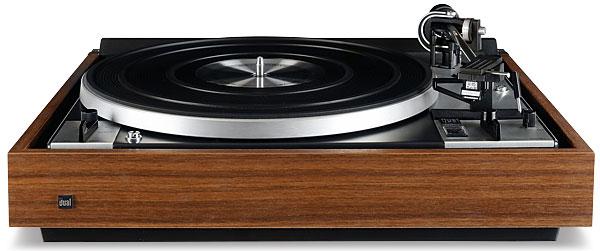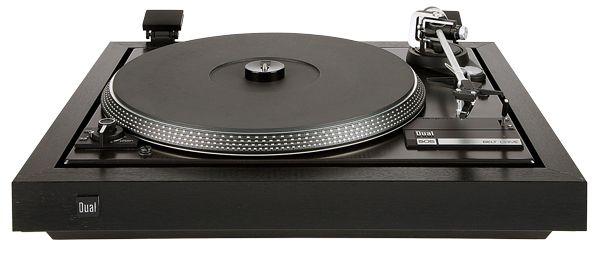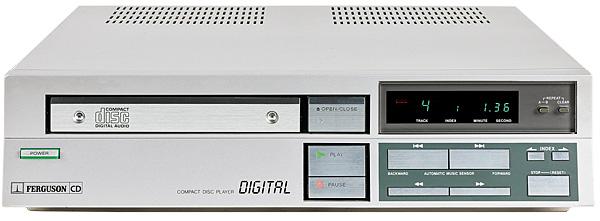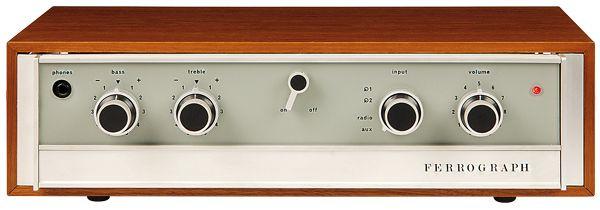Vintage
Sort By: Post DateTitle Publish Date
|
Apr 15, 2022 |
First Published: Mar 01, 2003
|
Feb 21, 2022
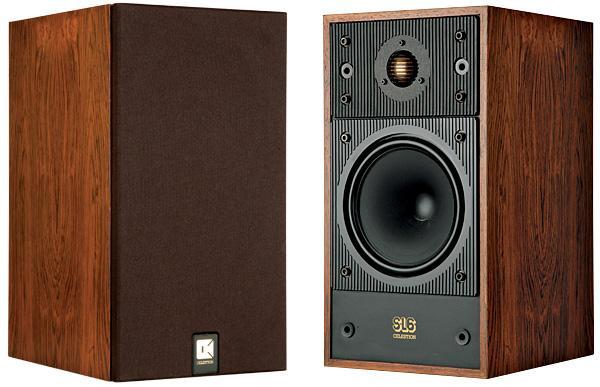

 The British company has unveiled a system with the same stunning livery as its highly successful DAC64. Ken Kessler reaches for the blue yonder
The British company has unveiled a system with the same stunning livery as its highly successful DAC64. Ken Kessler reaches for the blue yonder

